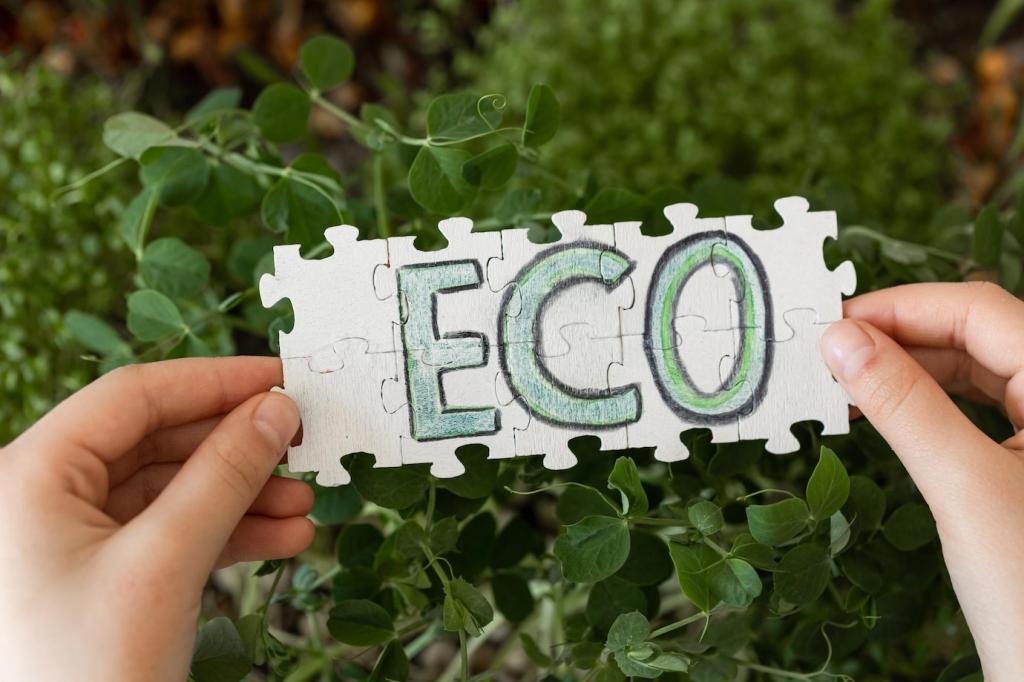Windows, Insulation, and Smart Sealing
Start with attic insulation, targeted air sealing, and weatherstripping. These improvements reduce heat loss and drafts, stabilizing temperatures room to room. You may notice quieter spaces and fewer hot-and-cold zones, which lets a future heat pump run more efficiently and reliably through every season.
Windows, Insulation, and Smart Sealing
Under 25C, many envelope upgrades share an annual cap. You could bundle air sealing and insulation this tax year, and then schedule windows next year to tap another round of savings. This annual rhythm turns big plans into manageable, staged projects without sacrificing comfort or momentum.




